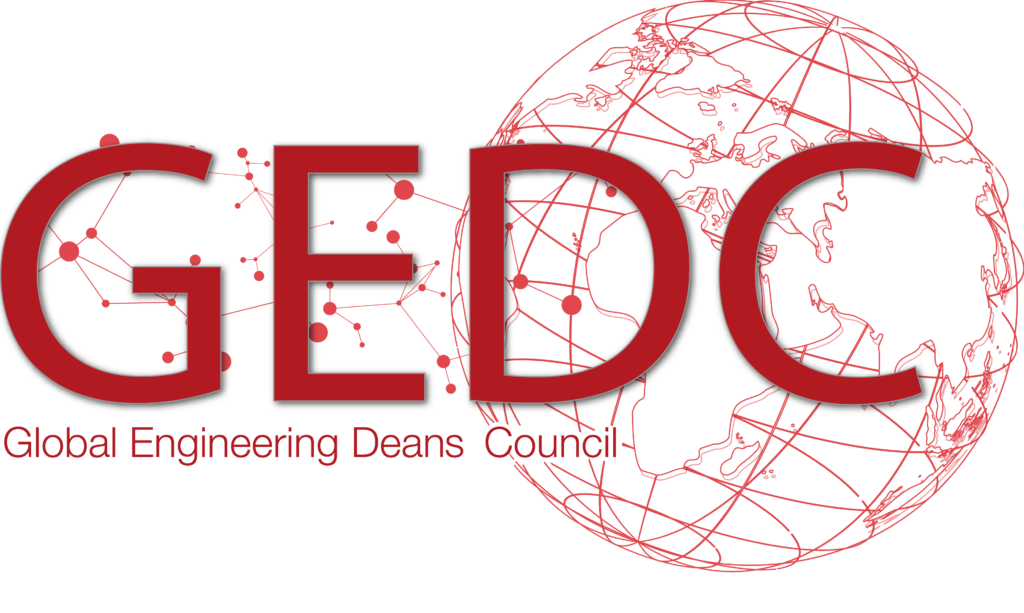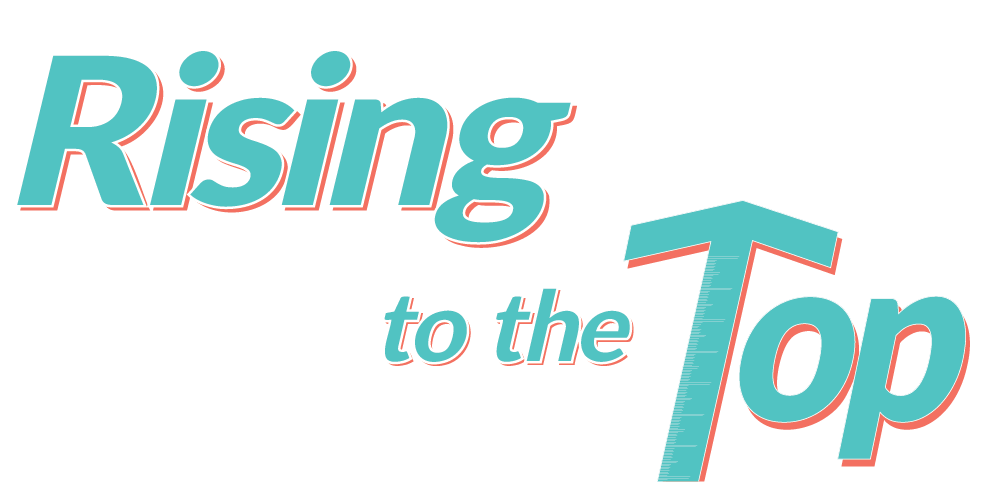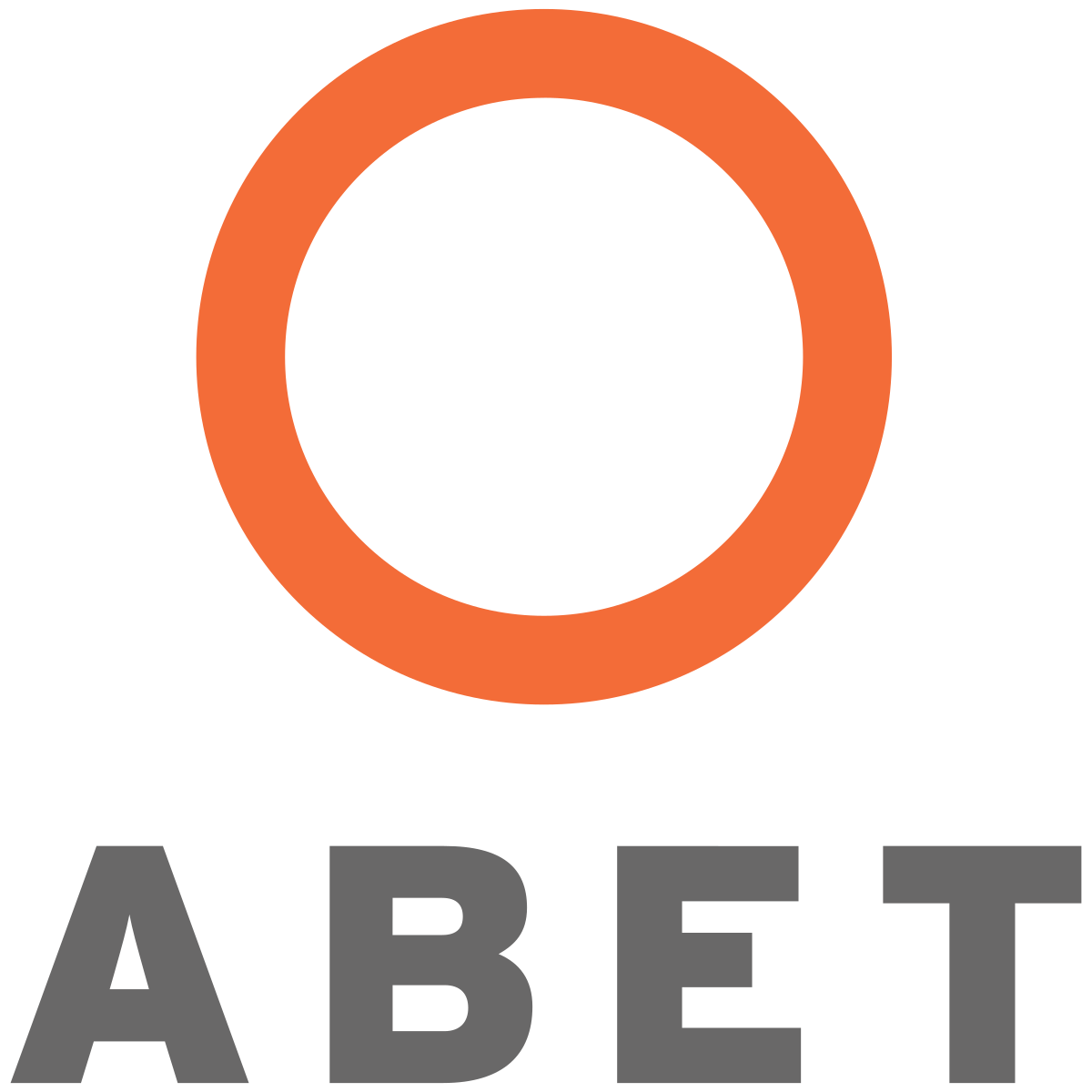As society changes and technologies evolve, engineering schools must adapt and apply new methods to better prepare students for the workplace. Around the globe, societies devoted to advancing engineering education are facilitating collaboration between academia and industry to equip students with the skills to design a better world.
Climate change, burgeoning urban populations and a lack of basic amenities in developing countries are among the new and emerging challenges that universities must train a new generation of engineers to tackle. To do so, however, they must also train their students to think about challenges in new ways and to use the most advanced technologies in solving them.

“As a professional society, one of the biggest challenges is working with our members to provide learning experiences that mirror authentic engineering practice,” said Norman Fortenberry, executive director of the American Society for Engineering Education (ASEE). Although that can be a challenge, he said, it is a requirement of engineering education’s top mission: preparing students to meet the labor market’s needs.
Work to expand and accelerate engineering education’s transition globally is an ever-shifting challenge, however. Each nation, or region within a nation, faces challenges unique to its culture and economy. And so, in engineering schools around the globe, engineering societies comprising university deans and professors, retired engineers and government officials are working with educators and industry representatives to adequately prepare a new generation for a new set of challenges than their predecessors encountered.
SOLVING REAL-WORLD ISSUES
One project that gave engineering students the chance to experience real-world challenges was developed at Campbell University in North Carolina. Campbell students visited a wildlife conservation camp in Botswana, where they tackled the problem of determining why the camp’s batteries – which powered its water pumps – drained of power so quickly.
Universities have to change something about their educational model if they want to survive. Otherwise, Generation Alpha will keep questioning why they need to go to the university.
Şirin Tekinay
Chair of the Global Engineering Deans Council
The students discovered that the battery acid water mixture inside the batteries was evaporating too quickly. Their solution involved replacing the mixture, but only after first testing to make sure it was de-ionized – a skill they had acquired by building a mini saltwater fish tank in class. All 24 of the batteries were salvaged and will now last for the full 10-year period. During the project, the students shared their methods with the locals so they can continue to maintain the batteries.
This hands-on, project-based approach to learning – in sharp contrast to the engineering education’s long tradition of lectures – gave the students a chance to learn by doing, while providing valuable support to solving a challenge common in developing nations that lack well-established power grids.
In a similar vein, Fortenberry points to Boeing’s “Aerospace Partners for the Advancement of Collaborative Engineering” (AerosPACE) program, a 16-week capstone course that involves nine university deans and faculty and more than 90 students. With support from Boeing employees, they work together to design, build and fly an unmanned aircraft system that can tackle grand social challenges.
“The program brings together stakeholders from industry, academia and government to build core competencies for the next generation of aerospace innovators in a sociotechnical, collaborative environment founded in the learning sciences,” said Michael Richey, chief learning scientist at Boeing.
“Benefits to academia include preparing engineering students for the global world and closing the gap between theory and practice, while for industry, benefits include developing mentor-mentee relationships between current and future employees as well as decreasing hiring costs and increasing quality of hire.”
TEACHING METHODS
In many cases, however, educators need to change not only what they teach, but how they teach it. Şirin Tekinay, chair of the Global Engineering Deans Council (GEDC), points out that employers aren’t the only ones pushing for change; students, too, are sick of lectures rich in theory but devoid of an opportunity to practice.
“Universities have to change something about their educational model if they want to survive,” she said. “Otherwise, Generation Alpha [those born after 2011] will keep questioning why they need to go to the university.” As a result, she said, “I believe we will see more student-orientated education models where you have students in project teams.”
Like Alphas, members of Generation Z (those born from the mid-1990s to 2010) are digital natives accustomed to easy and free access to information. Generally, students in this age group don’t want to be spoon-fed concepts by lecturers, Tekinay said; instead, they want a chance to learn concepts by applying them in real-world situations.
“There is already an evolution toward more problem-based learning, and I see workforce education becoming more purpose-orientated and experiential,” she said. “The purpose-oriented, project-based education model motivates students by providing a sense of meaning, a sense of impact. They now ‘pull’ the information they need, in order to serve the greater good. Ultimately, they want to see that they are contributing to generating socio-economic and environmental value; in turn, making life on the planet sustainable, healthier, safer, and happier.”
Climate change, burgeoning urban populations and the lack of basic amenities in developing countries are among the new and emerging challenges universities must train a new generation of engineers to tackle.
Michael Auer
General Secretary of the International Society for Engineering Education (IGIP)
Students also want to be prepared to use and build on the advanced digital technologies they will encounter in the workplace.
“The pace of technology is changing; it is going ever faster,” said Yolande Berbers, president of the European Society for Engineering Education (SEFI). “There is a large shift to digital, to things like big data and artificial intelligence (AI); even a mechanic should know something about AI. I think most engineering curricula have courses on programming, on statistics. But few – outside the engineers in computer science – have courses on AI or big data. This is changing, but at a very slow pace.”
COLLABORATION IS KEY
Collaboration among societies, education, industry and government is central to addressing such challenges, the educators agree.
The Illinois Institute of Technology in Chicago, for example, has launched a new learning center, giving engineering students access to digital engineering applications, plus the opportunity to work in teams, share data and manage a project.
“I wanted to keep our students competitive and ready to thrive in the fast evolving digital-driven work environment,” said Natacha DePaola, dean of engineering at Illinois Tech. “I was interested in getting students to use digital tools in an effective way that prepares them for their careers.”
Co-curricular and extracurricular programs at the center provide students with opportunities to practice what they learn in the classroom, DePaola said.

“Students work with faculty and corporate mentors on problems that are designed to reflect the needs of the industry,” she said. “We try to build on our corporate relations by identifying opportunities for mentored projects for students. That is a key component today in keeping education current as to being knowledgeable and understanding the use of digital tools.”
DePaola said the new learning center is making great progress. “Students have been involved in various activities that has helped to get the learning center up and running, including using the business platform for learning; participating in the development of instructional materials; working on a project; and advancing their research,” she said.
UNITING EDUCATION AND INDUSTRY
To succeed, innovative programs require active support and participation from industrial companies, Fortenberry said – and that participation extends beyond giving engineering schools projects their students can do.
“A company needs to explain to students how its work relates to the students’ societal concerns and how incoming employees contribute to making the world a better place, which is what a lot of students are really concerned about,” he said.

Employers also expect engineering students to be able to work with specialists in other fields, Fortenberry said. Benjamin Goldschneider, a doctoral student in engineering education at Virginia Tech, tackled that challenge head-on, helping to establish a pilot course where students work on four-person teams in search of an interdisciplinary approach. “I believe it was a successful pilot run,” he said. The concept helped students break out of their silos and gain “better preparation for the work they will do in industry.”
Participation in societies helps engineering schools recognize that no single entity can have all the answers, said Krishna Vedula, president of the Indo-Universal Collaboration on Engineering Education (IUCEE). “The problems facing society are so complex that collaboration is the only way we can hope to address them,” he said. ”The only way to get schools to see the big picture is for them to step out of the comfort zone and visit other institutions, meet people from industry and society.”
Learn more about 3DS education and training opportunities
Top image: (SEFI) has created 15 special interest groups on specific topics in engineering education, enabling people to come together and collaborate on challenges that interest them. (Image © SEFI)











